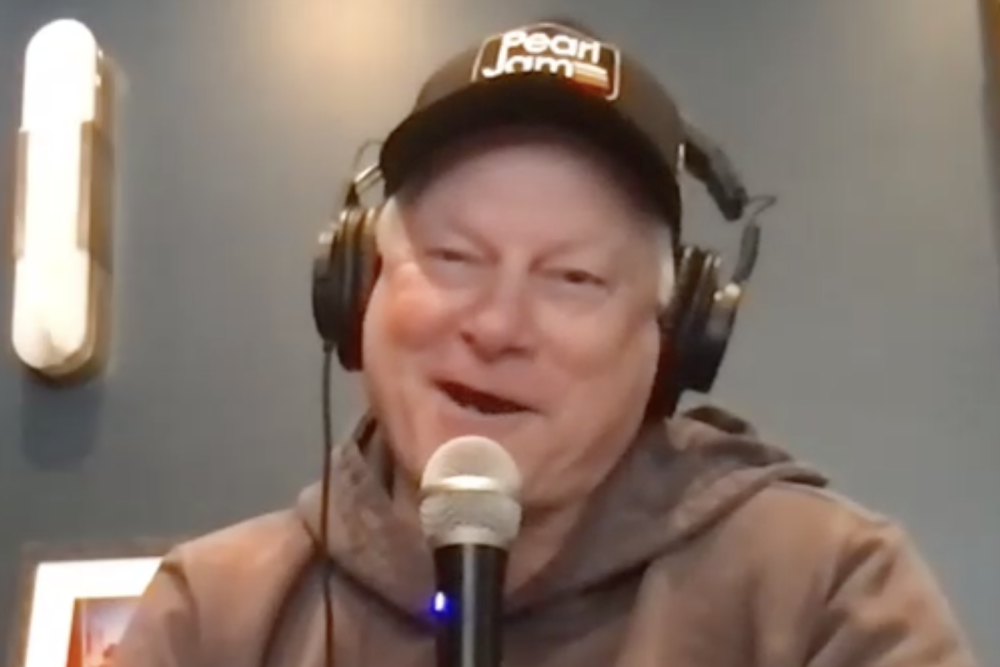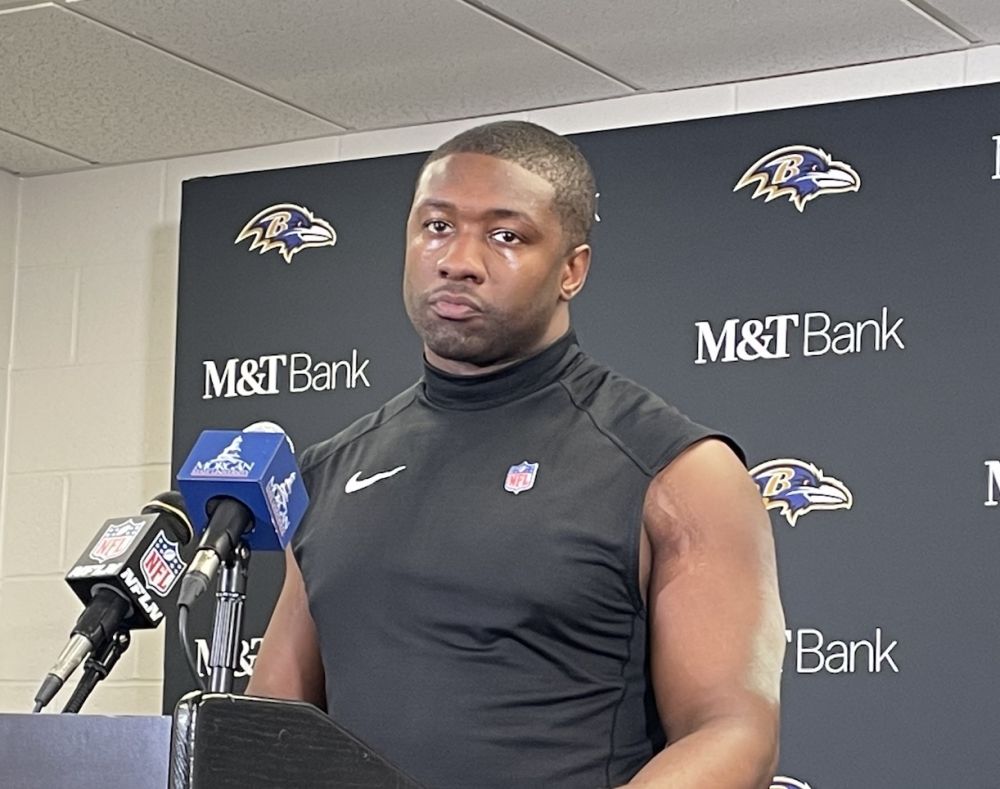With the 2019 Orioles now entering May, below is a look at nine notable numbers from the opening month of the season:
1.023 — Trey Mancini’s on-base plus slugging percentage
Let’s start with the big positive as Mancini entered Wednesday ranked eighth among qualified major league hitters in OPS and batted .355 with 17 extra-base hits in March and April. His .413 batting average on balls in play isn’t sustainable, but Mancini is striking out less (20.7 percent compared to 24.1 percent of plate appearances in 2018) and hitting fewer grounders (37.2 percent of balls in play compared to 54.6 percent last year). Those numbers lead you to believe marked improvement is real even if some regression toward the mean is inevitable. In a rebuilding year in which you wondered which player might represent the Orioles at the All-Star Game and if anyone would be remotely deserving of the honor, Mancini would be a legitimate choice from any team so far.
.333 — winning percentage
The 4-2 road trip to begin the season was a pleasant surprise, but a 10-20 start — two games better than last year — couldn’t have surprised anyone with realistic expectations at the start of a lengthy rebuild for general manager Mike Elias and manager Brandon Hyde. To the latter’s credit, a team clearly lacking the major league talent to compete on a nightly basis has played hard with few moments in which you’d question the effort, something you couldn’t say about last year’s 115-loss outfit. Dwight Smith Jr., Renato Nunez, and John Means have been early surprises in addition to Mancini’s blistering start, but the struggles and subsequent demotions of prospects Cedric Mullins and Tanner Scott are reminders that not everything will go to plan on the road back to respectability.
73 — home runs allowed
You may have heard by now the Orioles have a slight propensity for giving up the long ball as the pitching staff has allowed 20 more than any other team in baseball and more than twice as many as 14 others clubs. Baltimore is on pace to surrender 394 homers this season, which would obliterate the 2016 Cincinnati Reds’ major league record by 136 trips around the bases. The Orioles won’t like hearing it, but this probably hasn’t gotten as much attention as it deserves, especially considering the weather hasn’t even warmed up. Yes, homers are up around baseball with many convinced the ball is juiced, but what the Orioles have allowed goes so far beyond that or the cozy confines of Camden Yards. Those many gopher balls have left the Orioles with the worst ERA in the majors (6.05) by more than a half-run.
7.56 — strikeouts per nine innings
We’ve seen bits and pieces of Elias’ Houston effect with pitchers throwing more sliders and elevated fastballs, but the Orioles rank last in the majors in strikeouts per nine innings, which is quite a contrast from the Astros ranking in the top five in that department over the last three years. It’s hardly a novel concept around the game, of course, but Elias values pitchers who will miss bats with the major league average hovering around 9.0 strikeouts per nine frames so far this season. Baltimore has only three pitchers on the current 25-man roster (minimum five innings) hitting that threshold. Prospects such as Grayson Rodriguez, DL Hall, and Blaine Knight are piling up strikeouts in the low minors, but such gifted arms are still at least a couple years away and many more are needed in this system.
6.67 — Dylan Bundy’s ERA
Bundy isn’t the only Baltimore pitcher struggling, but the 26-year-old is supposed to be one of the most valuable commodities on the current club, either as a trade chip or someone around which to build in the next few years. Bundy’s strikeout rate (10.8 per nine) is up, but his average fastball velocity has dipped once again to 91.0 miles per hour and he’s allowing homers even more frequently than last year when he led the majors with 41. Given his strikeout rate and how opponents have batted just .167 against Bundy his first time through the order, you wonder if a move to a relief role would be best and might improve his velocity. That doesn’t figure to happen anytime soon with Alex Cobb on the injured list and few apparent alternatives, but the current version of Bundy is neither fetching anything in a trade nor providing the Orioles with a building block.
.343 — Chris Davis’ average since his record-breaking hitless streak
Yes, Davis is batting only .176 for the season, but that sounds more palatable after his record-breaking hitless streak to begin the season. Since going 0-for-33 — and 0-for-54 dating back to last September — Davis has a 1.064 OPS with three home runs, three doubles, and 11 runs batted in over 37 plate appearances. Of course, that’s a small sample mostly avoiding left-handed starters and should not be interpreted as him being “back” after his historically poor 2018, but his average exit velocity of 90.7 miles per hour is his best since 2016 and is second on the club behind Nunez. According to Statcast, Davis is in the 92nd percentile in hard-hit percentage this season. His strikeout and walk rates haven’t improved from last season, but the 33-year-old has calmed some of the discussion about his immediate future — for now.
Minus-15 — defensive runs saved
It would be way too kind to suggest the Orioles have played good defense so far in 2019, but they have improved from 29th to 25th in DRS and own only one more error than the league average. The outfield defense has had some issues that have been more pronounced since Mullins’ demotion, but the Orioles have typically made the plays they’re supposed to make and the “Bad News Bears” moments have been less frequent than we saw last year. Third baseman Rio Ruiz and catcher Pedro Severino have stood out defensively, but even Mancini has looked more comfortable in right field than he did in left. The defense definitely hurt the pitching last year, but this year’s group would probably help more if the pitching staff could keep the opposition from hitting the ball over the fence.
14 — stolen bases
There was much discussion this spring about Baltimore stealing more bases and putting pressure on the opposition — something we saw last year from deadline acquisition Jonathan Villar — but their 14 swipes are tied for ninth in the American League. In other words, the improved speed hasn’t exactly moved the meter. Then again, the 2016 Orioles stole just 19 bases for the entire season, so we’re talking about a very low bar set during the plodder years under Buck Showalter.
1 — intentional walks issued
A hat tip to Jayson Stark of The Athletic for pointing this out, but the Orioles are one of several teams — including the Astros — to all but abandon the intentional walk, which analytics have exposed as an overrated strategy. Baltimore issued 29 free passes last season, so just one over 30 games is a striking contrast. In addition to that, the Orioles have only three sacrifice bunts and have usually stacked their best hitters at the top of the order rather than too often trying to shoehorn a Craig Gentry type at the top or putting Davis in the heart of the order because of the hitter he used to be. The strategy has been sound, even if the execution and talent are lacking.

Luke Jones
Luke Jones is the Ravens and Orioles beat reporter for WNST BaltimorePositive.com and is a PFWA member. His mind is consumed with useless sports knowledge, pro wrestling promos, and movie quotes, but he often forgets where he put his phone. Luke's favorite sports memories include being one of the thousands of kids who waited for Cal Ripken's autograph after Orioles games in the summer of 1995, attending the Super Bowl XXXV victory parade with his dad in the pouring rain, and watching the Terps advance to the Final Four at the Carrier Dome in 2002. Follow him on social media @BaltimoreLuke or email him at Luke@wnst.net.
Podcast Audio Vault
Right Now in Baltimore
Podcasts, Pearl Jam passion and the present tense with The Mayne Event
They met on the backstretch at Pimlico three decades ago and The Mayne Event always returns and never disappoints for sports, comedy, charity and why Eddie Vedder shouldn't trust Nestor. Longtime ESPNer Kenny Mayne checks in for another round of tales of wiffle ball with Ken Griffey, podcasts with the other Manning and still being pissed off about the Sonics (and Pilots) departure from Seattle.
Running back Tampa 25 years later with Ravens RB coach Matt Simon
These milestones continue to add up as the 25th anniversary of the Baltimore Ravens' Super Bowl XXXV win is coming later this month and Nestor is catching up with many of the Purple Reign legacies about life – on and off the field – as we celebrate the night we all felt the civic pride of that first miracle in Tampa. Reflections here with the man who coached Jamal Lewis, Priest Holmes, Sam Gash and Femi Ayanbadejo a quarter of a century ago.
The Ravens weren't good enough on the field
Firing the head coach and changing leadership will certainly create an interesting offseason in Owings Mills. No one covers the Xs and Os of the NFL like Mike Tanier of Too Deep Zone. The one-time geometry teacher of Joe Flacco joins Nestor to discuss the depth and salary cap numbers of the Baltimore Ravens roster and the structural changes Eric DeCosta will need even after Steve Bisciotti finds a new captain to lead Lamar Jackson.

























